guido
Well-known Member
Hello
I just finished assembling the pack yesterday. I charged it to 12.6 volts. There are 3 packs of 10 Lithium Ion cells. 2Mah capacity cells. Did not rate the. The packs are is series for 12 volt. I charged the pack to 12.6 volts. I disconnected the negative cable from the mower battery, and used the pack. First picture is the voltage of the pack after I charged the caps. Second picture is of the pack voltage while cranking an 18HP Briggs. Third picture voltage after cranking. Fourth picture voltage with the capacitors hooked up. Fifth picture engine cranking voltage with the caps. Last picture is the voltage pack after cranking. I though the caps would stabilize the voltage, and the did,
Guido.
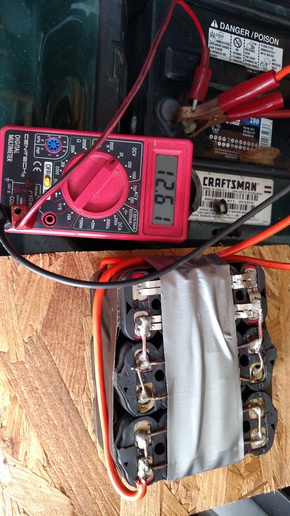
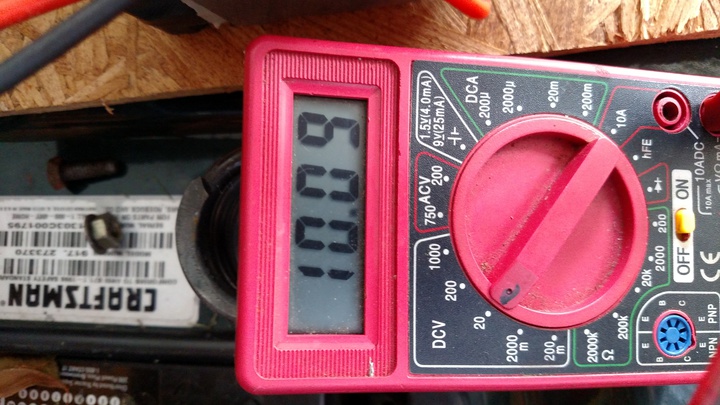

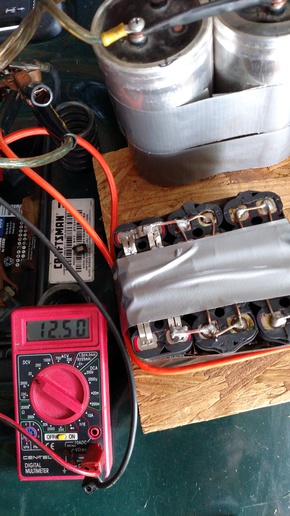
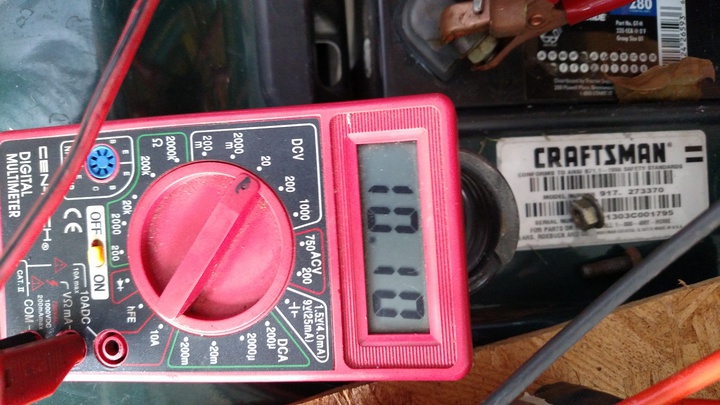
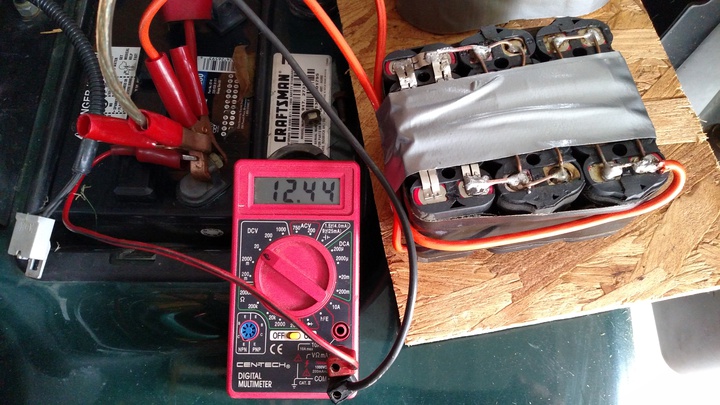
I just finished assembling the pack yesterday. I charged it to 12.6 volts. There are 3 packs of 10 Lithium Ion cells. 2Mah capacity cells. Did not rate the. The packs are is series for 12 volt. I charged the pack to 12.6 volts. I disconnected the negative cable from the mower battery, and used the pack. First picture is the voltage of the pack after I charged the caps. Second picture is of the pack voltage while cranking an 18HP Briggs. Third picture voltage after cranking. Fourth picture voltage with the capacitors hooked up. Fifth picture engine cranking voltage with the caps. Last picture is the voltage pack after cranking. I though the caps would stabilize the voltage, and the did,
Guido.







